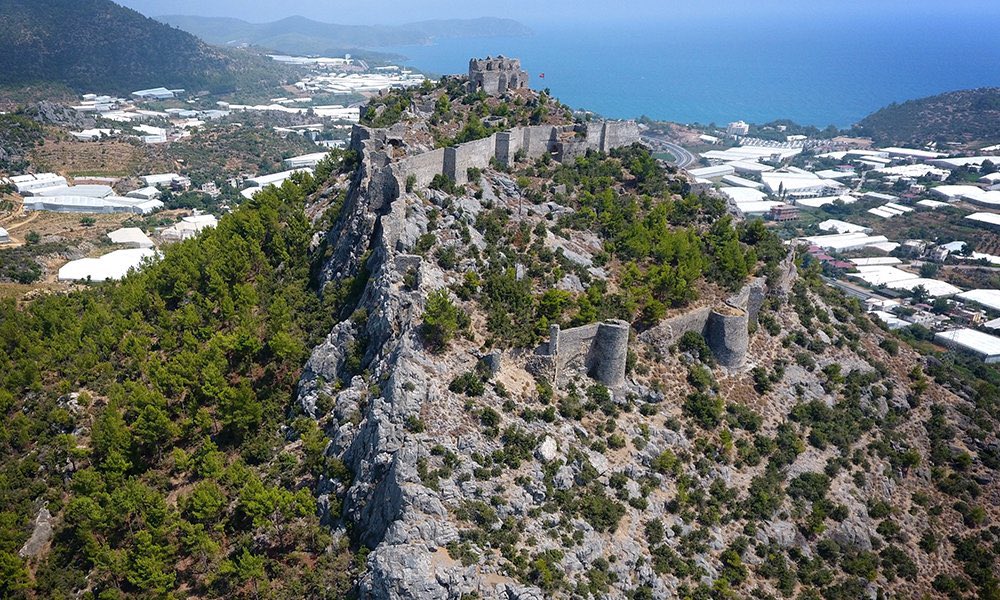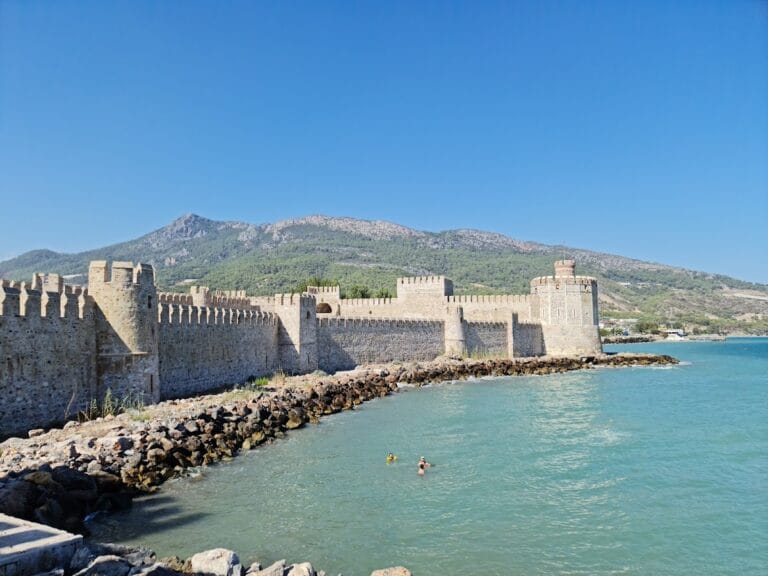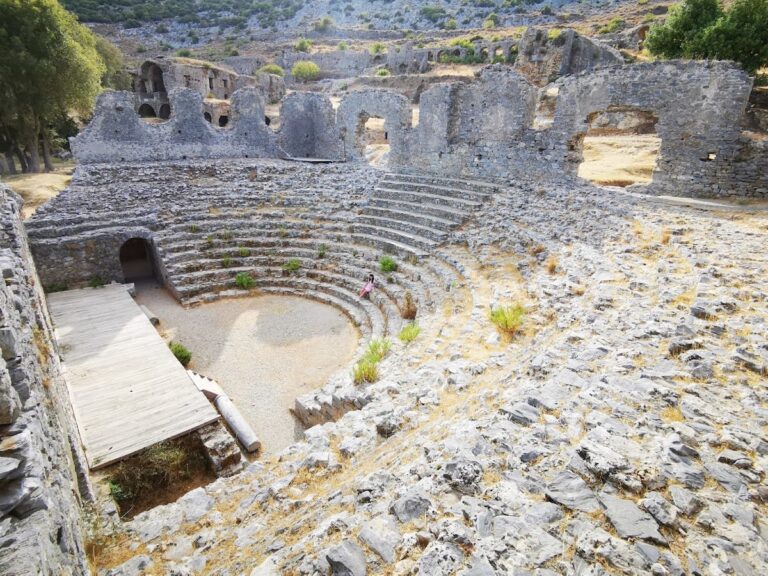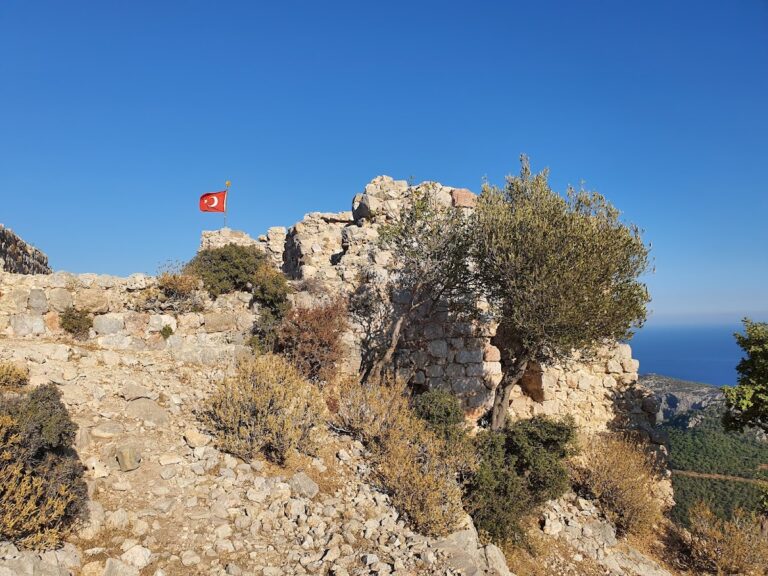Softa Castle: A Historic Fortress in Türkiye
Visitor Information
Google Rating: 4.2
Popularity: Very Low
Google Maps: View on Google Maps
Official Website: www.kulturportali.gov.tr
Country: Turkey
Civilization: Unclassified
Remains: Military
History
Softa Castle, originally known as Sycae, stands near the modern municipality of Bozyazı in Türkiye. Its origins trace back to the late Roman period when it was initially constructed, serving as a fortified site that continued to function throughout the Byzantine Empire. The castle’s strategic location near the ancient city of Arsinoe indicates its historical importance in overseeing the surrounding region.
In the early 1200s, the castle underwent a significant change in ownership when Ertokuş Bey, a military leader of the Anatolian Seljuk State, captured it. This event marked the transition from Byzantine to Seljuk control, embedding Softa Castle within the expanding Seljuk territories. Following this period, the castle became part of the Armenian Kingdom of Cilicia, reflecting the shifting political landscape of southern Anatolia during the Middle Ages.
Later, the Karamanid Beylik, a Turkish principality, took control of the castle. The last known settlement activity at the site is attributed to the Karamanids, emphasizing the castle’s continued relevance in regional power dynamics. In the 1470s, Gedik Ahmet Pasha, an influential Ottoman vizier, incorporated Softa Castle into the Ottoman Empire, completing its integration into one of the era’s most powerful states. Throughout these centuries, the castle’s name evolved from Sycae to its current designation, Softa.
Local lore adds a layer of mystery to the castle’s history with a legend claiming an underground passage connects it to Mamure Castle, located about 10 kilometers away. While this story remains part of the area’s oral traditions, historical investigations regard such a tunnel as improbable.
Remains
Softa Castle is set on a hill rising about 140 meters above the plain, featuring an oval layout measuring roughly 80 meters across at its narrowest point. Constructed mainly of stone, the fortress reflects fortification techniques typical of late Roman and later medieval periods. The castle’s main gate is located on its western side, providing access to the inner enclosure.
Within the castle walls lie the ruins of several significant structures. Among these are the remains of a palace, indicating that the castle functioned not only as a military stronghold but also as a residence for rulers or commanders. Several cisterns are visible, underscoring the importance of water storage for the castle’s inhabitants. A Roman bathhouse situated inside the fortress points to continued occupation and adaptation during different eras, while the presence of a mosque reveals the site’s Islamic period usage and religious practices.
Outside the castle walls, particularly on the southern slopes of the hill, numerous graves have been uncovered. These burial sites highlight the surrounding landscape’s role as a place of interment connected to the castle’s community.
While there are no known inscriptions or dedicatory artifacts on site, the combination of architectural remains offers insight into the castle’s lengthy use and the cultural influences it absorbed across centuries. Restoration efforts have focused on preserving these features, but much of the site remains in a fragmentary state reflective of its long history.







